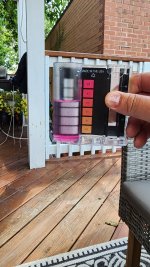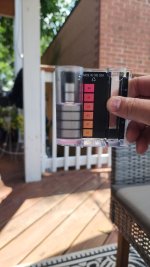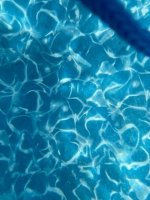I bought a house with an inground pool. House was built in 1974 pool was put in sometime after that. I have no record of who manufactured the pool or who installed it. All I know is that it is huge, 40-45K gallons. 4' shallow end 10-12' deep end I assume. Since I have no real facts about the pool all of this information is just what I perceive. I'm looking for help from anyone who may have seen or worked with this type of pool in the past. I had one pool manufacturer guess that the pool was manufactured by Clayton & Lambert. I do not see any visable leakage and the pool typically stays filled. I have had to put a few inches in, but I attributed that to evaporation. The pool worked fine for me last year and i'm sure it would work fine this year, but I had to drain it anyway to get rid of high CYA. Now I am looking to do some repairs while it is empty.
The pool has a poured concrete bottom with one main drain. Under the main drain is a PVC type well with one pipe to the filter. One extra hole in the bottom which I assume is some sort of ground water relief plug. It has a spring loaded rubber stopper in it, but underneath that is another PVC plug with a female square head on it. I assume if I somehow got that out it would lead to the ground. Another interesting thing about this main drain is that the drain cover is just a piece of concrete or metal with holes drilled into it. It was not screwed into the well, but it was sealed to it with some sort of pourable gasket. When I removed the gasket with the pool drained I had water fountains shoot out of two holes on the top of the well. for about 15+ minutes water was coming out of these holes. I assume these holes must go to the ground, but I cannot be certain. If It were ground water I would have guessed it to be a lot colder than it was. The holes where the water was coming out are the size of screw holes. They look like the other screw holes where the drain cover was supposed to be screwed into.
The sidewalls are made of stainless steel panels joined together. I would guess 18-20 of them about 4' tall. Horizontally along the bottom of the panels where they meet the concrete there is some sort of sealant. Vertically where the panels meet each other there is some sort of sealant. I would not guess which type or brand the sealant is although it appears like clear to grey silicone.
The above ground area around the pool is like a stamped textured concrete.
I have multiple issues this year:
1. I need to replace the drain cover. Whoever painted the pool throughout the years painted over the drain cover multiple times which plugged all but 9 of the drain holes. It makes filtering tough and is not safe. I would rather get a new, safer plastic one that I can screw into the well. I am reluctant to do so because of the previous cover and the gasket it had. I wonder if it had a gasket for a reason since water was shooting out of two of the holes on top of the well after I removed the gasket. If I just find a universal drain cover that fits, will that mess up how my well is supposed to work? Is there a way to tell what make model the well is so I can get a data sheet?
2. In general main drain well engineering, what is the purpose of the bottom plug? I pulled out the rubber plug and there is another pvc plug screwed into the hole. Do I need to take that one out to to relieve water table pressure while I have my pool drained? Why are there two plugs on top of each other, it does not make sense to me. The pool seemed to fill up quite a bit from the water coming out of the two top holes in the well whether or not the rubber plug was in the bottom.
3. The sealant between the vertical joints in the stainless steel side panels is coming off. That being said it looks like someone tried to put sealant over another original layer of sealant. So one layer is coming off and one layer looks to be in OK condition further in the joint. I called a few pool stores and manufacturers to find a suitable sealant to use submersed with chlorinated water and I can't get a straight answer. Even googling submersible pool sealant gives me every sealant under the sun and then some. None of which come out and say use this to seal joints in your stainless steel panels. Does anyone know of something I can use for this and where to get it? I also had one place say the sealant was just for aesthetics, that the stainless steel panels are jointed and waterproofed from the outside while being installed. does anyone have any experience with this one way or the other? I would gladly forget about it if I was sure they were waterproof whether there is sealant inside or not.
4. Whoever painted the pool did so multiple times with multiple blue hues. The layers have bubbled and chipped. I always get paint chips in my pool vacuum every time I run it. Should I bother with power washing the paint off and acid washing the concrete and repainting it? My concern is the sealant that was used horizontally where the stainless panels meet the concrete. If I blast the paint away it will probably blast that sealants off as well I imagine. With the hard time I am having finding a sealant rated for underwater I don't want to mess that seal up.



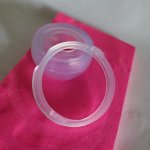
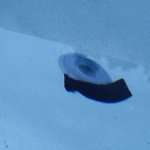
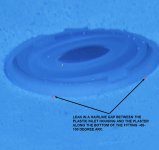
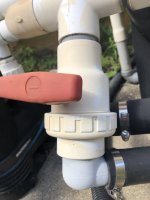
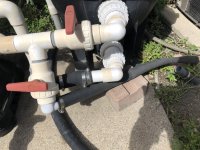

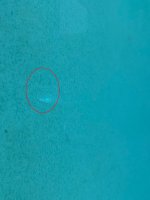

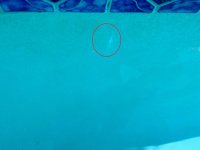
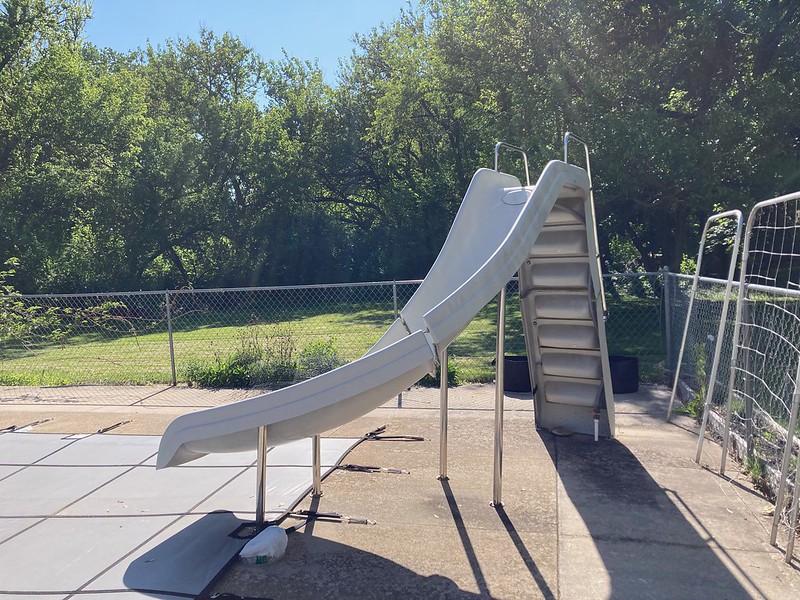



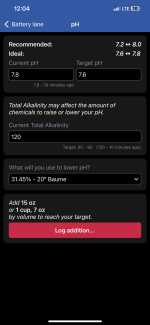
![IMG_20150531_114914141[1].jpg](/data/attachments/32/32921-76734258b111d79c0780a568efe1d55c.jpg)
![IMG_20150531_114811578[1].jpg](/data/attachments/32/32919-d65d463d7378719c7dc70b3f51169553.jpg)
![IMG_20150531_115022268[1].jpg](/data/attachments/32/32922-c5266169355cb4ccb506db8f52822241.jpg)
![IMG_20150531_114948076[1].jpg](/data/attachments/32/32923-4a1511369dbe88fe8006c473a3dfcc16.jpg)
![IMG_20150531_114823973[1].jpg](/data/attachments/32/32920-a8d1f6ec6f48a24f2e0d6666d91150b0.jpg)
